SpaceX faces a growing list of competitors in the new space race - here's what their futuristic rockets will do
United Launch Alliance

ArianeGroup
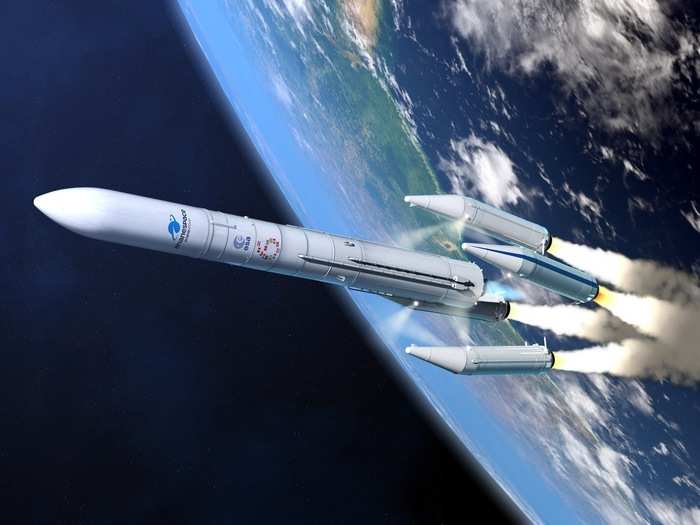
One of SpaceX's lowest-cost and biggest competitors is ArianeGroup, which is often known by its launch-focused subsidiary, Arianespace.
The company is working on a follow-up to its highly successful Ariane 5 rocket, dubbed Ariane 6. It may launch as soon as 2020. The most powerful variant of Ariane 6 could potentially carry about twice as much payload as SpaceX's Falcon 9 rocket into orbit some 22,236 miles above Earth.
At first, Ariane 6 won't have reusable engines. But SpaceNews reports that the rockets may eventually get equipped with reusable Prometheus engines — expensive parts that a winged, pop-off machine called Adeline might fly back to a runway.
In the end, Ariane 6's makers expect the rocket to achieve lower ounce-for-ounce launch prices that what SpaceX currently offers.
Blue Origin
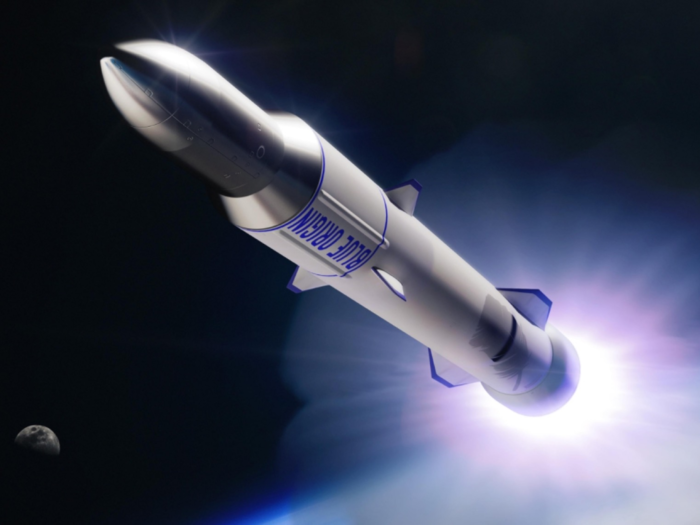
One of SpaceX's biggest looming rivals is also the most secretive.
Founded by Amazon billionaire Jeff Bezos in 2000, Blue Origin has been most public about its smaller space tourism rocket system, New Shepard. But in September 2016, Blue Origin announced its plans for the enormous, reusable, and orbit-capable New Glenn rocket system.
Reusable rocket engines, called BE-4s, will power that launcher. Its biggest future iteration will stand about 313 feet tall, have three rocket stages, and possibly make voyages to the moon or Mars routine.
Bezos is planning to debut the first New Glenn rocket in 2020. Blue Origin has begun that work in a 750,000-square-foot hangar in Cape Canaveral, Florida (Business Insider asked to visit, but the company declined).
It's not certain how much a New Glenn launch will cost, though the booster will take off and land like SpaceX's, allowing it to get reused for future launches. That would save Blue Origin tens of millions of dollars in the process.
As of March 2017, Blue Origin had at least one customer signed up to launch a payload.
Virgin Orbit
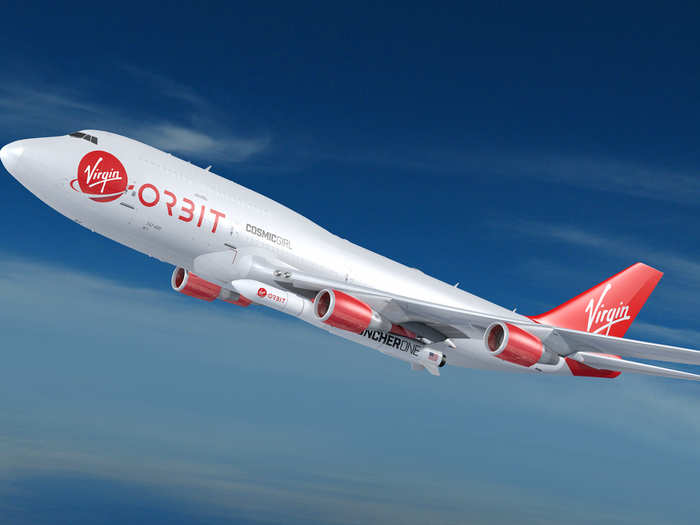
SpaceX is focused on launching large satellites, but Sir Richard Branson of Virgin-brand fame is aiming to corner the market on sending lighter payloads into orbit.
Branson's newest company, Virgin Orbit, uses a large airplane ("Cosmic Girl) to efficiently lift a rocket ("LauncherOne") high in the sky. Once at maximum altitude, the airplane drops the rocket, which then throttles a payload toward low-Earth orbit (LEO) some 250 miles above the planet.
For $12-$15 million, Virgin Orbit can rocket payloads weighing up to 1,100 lbs to LEO. That's small compared to the 140,000-lb payload capacity of SpaceX's Falcon Heavy. But for many customers that want to launch small satellites — the Department of Defense included — half a ton is plenty.
This air-to-launch scheme may seem radical, but it dates back to some of NASA's earliest work. Branson's other spaceflight company, Virgin Galactic, is also mastering it for suborbital space tourism.
Stratolaunch Systems
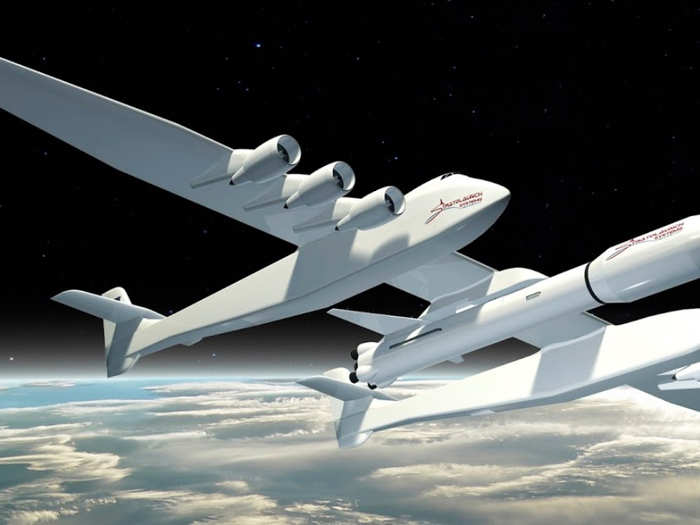
Microsoft co-founder Paul Allen used his wealth to form an ambitious air-to-launch company in 2011.
Called Stratolaunch, the launch system will dwarf Branson's Virgin Orbit scheme. Allen had his company build the largest aircraft in the world, which engineers made by cannibalizing two 747-400 jet airplanes. The carrier aircraft has a 385-foot wingspan.
It will tow a launcher to high altitude, drop it, and fire the rocket toward space.
It's not yet certain how much payload Stratolaunch can get into orbit, but the carrier is capable of lifting a rocket far more heavy: one that weighs up of 500,000 lbs. That's more than enough to send a spaceship with a crew of two or three people into orbit.
China

The People's Republic of China is powering ahead in its fast-paced spaceflight program.
Although Chinese officials have remarked that they can't match SpaceX's reusable-rocket-launch pricing, that may not be true in the future. The nation is reportedly (and secretly) working to build a reusable, hypersonic space plane.
They plan launch it for the first time in 2025, and might later launch a fully reusable and capable nuclear-powered model.
The billionaire Robert Bigelow, who is working to build inflatable space stations, is worried about China's growing prowess in space.
"They're offering very attractive terms and conditions and features that the commercial sector is going to have a horrible time trying to compete with," Bigelow said during a recent press briefing.
NASA

Testing for NASA's gigantic Space Launch System rocket is moving along. When the dust settles many years from now, it may tower above and outdo all other rockets ever built, at least in terms of power and lift capability.
But on cost, it won't ever compare. NASA has already spent about $23 billion on the project, and will need more than $210 billion in funding to reach Mars with the launcher, according to the Office of Inspector General. And that's not even to set foot on the planet's surface — just orbit it. (Though the first Mars astronauts might explore the moon Phobos.)
NASA is projected to launch the first SLS rocket in 2020 at the earliest.
What's next for SpaceX
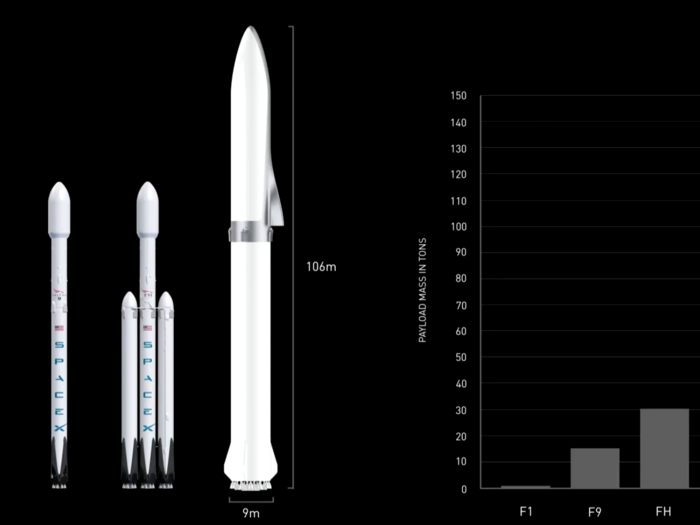
Now that its Falcon Heavy rocket is proven to work, SpaceX is shifting a lot of resources toward its most ambitious project: the Big Falcon Rocket (also called the Big F--king Rocket).
The 348-foot-tall, fully reusable system is scheduled for an "aspirational" first launch toward Mars in 2022. Its enormous spaceship — which sits atop a similarly enormous booster — is slated to roll out of SpaceX's facilities in Texas and begin hopping around with short test launches sometime in 2019.
But a series of remarks made in September 2017, Musk said the BFR will come to replace everything SpaceX has built thus far, since its total reusability means it won't cost much to launch payloads of any size — primarily just the price of fuel.
"We want to have one system, one booster and ship, that replaces Falcon 9, Falcon Heavy, and Dragon," Musk said of SpaceX's other rockets. "If we can do that, then all the resources that are used for Falcon 9, Heavy, and Dragon can be applied to this system."
In a way, SpaceX is currently competing with itself by advancing the BFR. But if the company can really create a fully reusable launcher that's the largest and most powerful in the world, it could change the course of human history — and push it toward the stars.
Popular Right Now
Advertisement